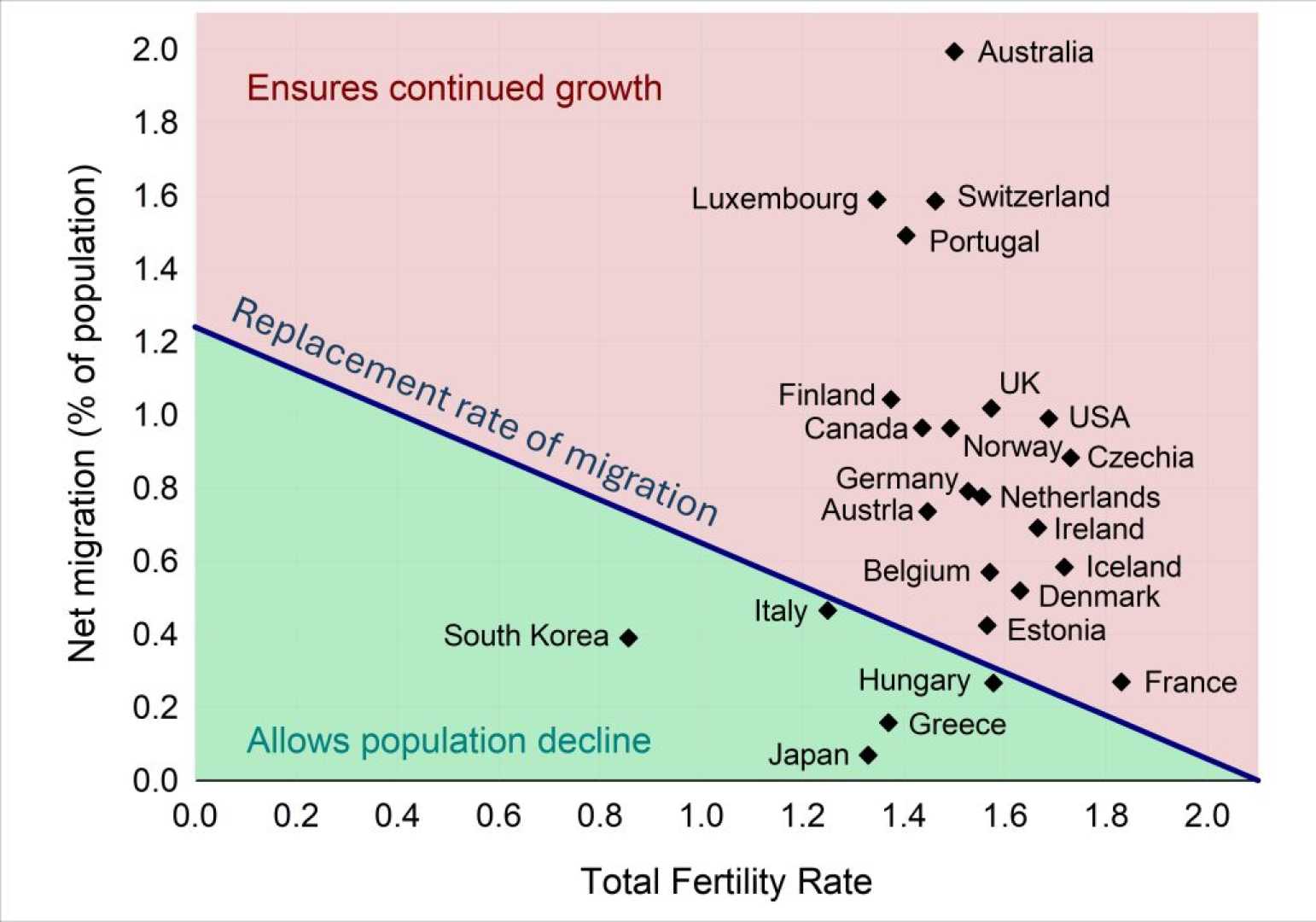News
Australia’s Fertility Rate Decline Sparks Concerns Over Population Aging

ANKARA, Turkey – Australia faces potential population decline as the fertility rate continues to fall, raising concerns about future workforce and economic stability, according to a report released Thursday by KPMG.
The report highlights a significant issue: while the number of births rose to 292,500 in 2024 from 285,000 in 2023, it remains below the pre-pandemic levels of over 300,000 annual births recorded between 2013 and 2019. Australia’s current fertility rate is 1.51, significantly lower than the 2.1 rate needed for population stability.
Demographer Liz Allen noted that the country’s fertility rate has been trending below replacement levels since the 1970s and described the situation as nearing ‘critical territory.’ With the population aging and a higher percentage of seniors, the balance between births and deaths could tip in the coming decades.
By the mid-2050s, KPMG’s analysis warns that deaths might outpace births in Australia, turning population decline into a ‘real prospect.’ This shift could create severe pressures on health services and reduce the tax base as fewer working-age adults contribute to the economy.
The report also indicates that metropolitan areas are seeing a sharper decline in birth rates compared to regional areas, with a 6.5% drop in births within capital cities between 2019 and 2024. Economic factors and the rising cost of living in urban centers are significant contributors to this trend.
Australia is not alone in facing these demographic challenges. The Organization for Economic Co-operation and Development (OECD) reported a decline in fertility rates across its member countries, dropping from 3.3 to 1.5 from 1960 to 2022. South Korea currently holds the lowest fertility rate, averaging only 0.7 children per woman.












